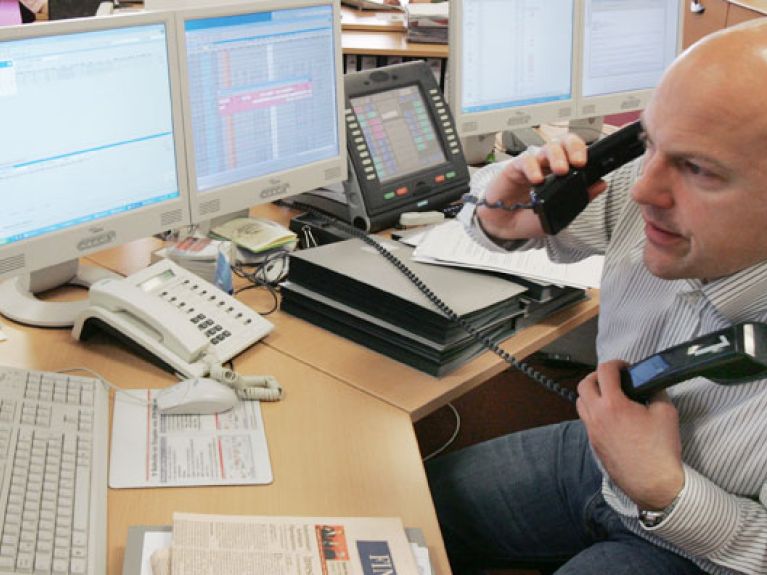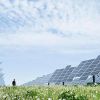Green power and its price
Germany has set ambitious targets for developing renewable energy. In our series we present projects that promote the energy-system transformation. deutschland.de series “Energy Turnaround”, Part 8.

Green power is booming in
Meanwhile, a debate has begun in Germany on whether the EEG is still up to date in its present form, because the Act also regulates how the higher costs of renewable energy are passed on to consumers. Since the EEG surcharge increases as the share of renewable energy rises, private households’ power bills are going up. On the other hand, the price of electricity to the consumer should hardly rise at all, because the large amounts of wind and solar power being generated regularly reduces the wholesale price of electricity via the high level of supply. For several years, power has been traded on the European Energy Exchange (EEX) in
The Leipzig-based EEX, meanwhile, has started trading with “certificates of origin” for green power. In this way electricity providers can prove that they really are offering green electricity.

